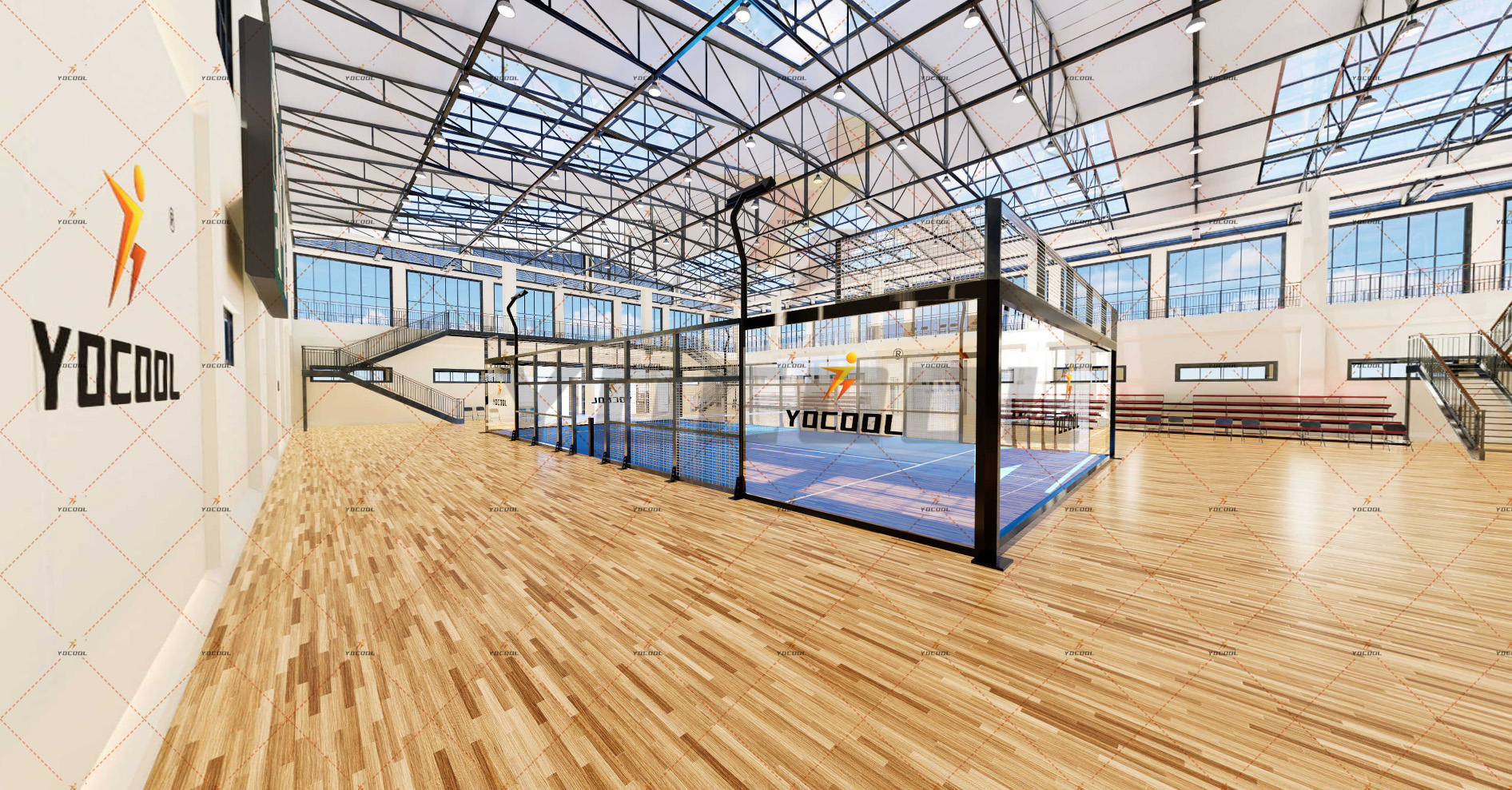

Understanding the Costs to Build a Padel Court A Guide for Investors
Padel has rapidly gained popularity worldwide, emerging as a beloved racquet sport that combines elements of tennis and squash. With its growing appeal, the demand for padel courts has surged, prompting many investors to consider establishing their own facilities. However, understanding the costs involved in building a padel court is crucial for making informed financial decisions. This article aims to provide an overview of the key expenses associated with building a padel court and to help potential investors gauge the overall investment required.
Initial Considerations
Before delving into the costs of construction, it is important to note that several factors can influence the overall budget. These include the location of the court, the type of court (indoor vs. outdoor), and the materials used in construction. Additionally, local regulations and permits may impose additional costs that need to be accounted for in the planning stage.
Land Acquisition
The first major expense in establishing a padel court is securing an appropriate piece of land. The cost of land can vary significantly based on its location—urban areas tend to have higher prices compared to rural regions. For instance, purchasing land in a bustling city may set investors back significantly, potentially costing anywhere from $100,000 to over $1,000,000. In contrast, land in suburban or rural areas may be more affordable, ranging from $20,000 to $300,000.
When evaluating land options, investors should also consider accessibility, visibility, and parking availability as these factors will significantly impact customer turnout.
Court Construction
Once land is acquired, the next step is the actual construction of the padel court. The cost of building a standard padel court typically ranges from $25,000 to $50,000. This price can vary based on various factors such as the quality of materials, the design of the court, and whether the court is indoor or outdoor. Indoor courts, which require additional infrastructure for heating, ventilation, and lighting, tend to be more expensive.
In addition to the construction costs, investors should also budget for installation of the playing surface. High-quality synthetic materials that offer durability and enhanced playability can range from $10,000 to $20,000, depending on the specifications.
Equipment and Amenities

To create a fully functional padel facility, investors must also consider the costs associated with equipping the court. Essential furniture, lighting, and scoreboards will incur additional expenses. On average, setting up these amenities might cost around $5,000 to $15,000. If the facility also offers additional services like locker rooms, showers, or a pro shop, costs can escalate further.
Marketing and Promotion
Once the court is built, it’s essential to attract players. Investing in marketing and promotional activities will be crucial to ensure the court's success. Initial marketing budgets can range from $2,000 to $10,000 depending on the strategies employed, which may include digital marketing, local advertising, and event promotions.
Operational Costs
In addition to the initial capital outlay, investors should also consider the ongoing operational costs. These include utilities, maintenance, staffing, and insurance. Monthly operational costs can vary widely but might average around $2,000 to $5,000, depending on the size and scale of the facility.
Return on Investment
Investors should visualize the potential return on investment (ROI) when contemplating the establishment of a padel court. By offering memberships, conducting lessons, and hosting tournaments, padel courts can generate revenue streams that may yield returns within a few years if managed effectively.
Additionally, with the rising popularity of padel, there is potential for gradual appreciation in value as the sport’s visibility and player base continue to grow.
Conclusion
Establishing a padel court can be a lucrative venture, but it requires careful planning and consideration of various cost factors. Investors must diligently assess land acquisition, construction, equipment, marketing, and operational expenses to formulate a comprehensive budget. By understanding the cost breakdown and potential returns, aspiring entrepreneurs can navigate their way through this exciting opportunity in the world of padel sports.
High-Performance Industrial Flooring Solutions China Paddle Tennis Court for Sale
High-Performance Industrial Flooring Solutions Durable & Cost-Effective
Homogeneous Transparent Floor – Durable & Stylish Rubber Floor Solutions
Premium Homogeneous Transparent Floor for Durable & Stylish Spaces Rubber Floor Solutions
Premium Sports Floor Solutions Durable PVC Sports Floor & Rubber Floor for Gyms
Durable Rubber Composite Floor Premium Rubber Floor & Mats Solutions